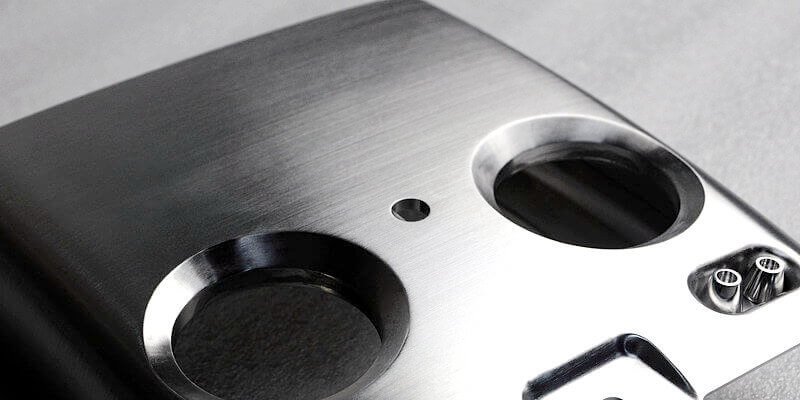- June 28, 2022
Surface finishing is one of the final stages of manufacturing, influencing the metal’s aesthetics and functionality. There are several of these surface finishes, with brushing being one of the commonest – and for tons of good reasons, too.
Brushing gives metals a homogenous surface, adding cleanness and consistency to an otherwise uneven surface. This unique finishing is achieved using various high-performance abrasive tools. The end result is, as you would expect, brilliant. If you want to know more about brushed finishing, you’ve come to the right place.
In this article, we will examine the process of brushing, the tools used, types of brushed metals, applications of brushing, and compare brushing to some other common metal finishes. Let’s read on more.
What Is the Brushed Metal Finish?
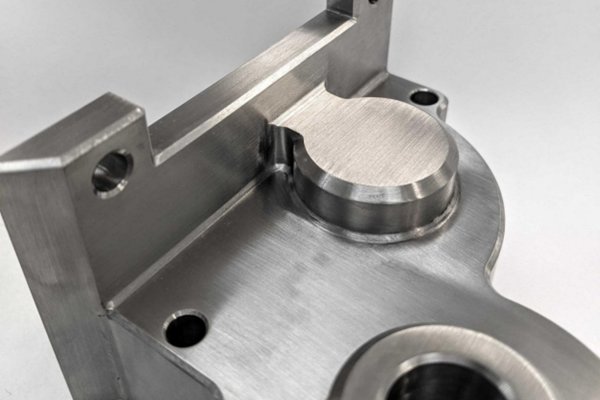
Brushing is a precision finish and one of many surface finishes for metals. It involves variable grain abrasive brushes using unidirectional lines to create a homogenous finish to uneven surfaces. In addition to the homogenous finish, brushing deburrs and round edges of metals.
Considering how smooth the finish brushing produces, experts often use it to cover surface defects in metals. Brushing is useful in manufacturing many household, automotive, and electrical appliances.
How to Brush a Metal Surface
The brushing process is quite extensive and involves maximum precision. As such, it is often done in companies with advanced tools and the required staff. For clarity, we will divide the process into three stages.
Pre-brushing stage
The first step in brushing is cleaning the metal surface to be brushed. After cleaning, manufacturers sand the metal surface with a fine-grit sandpaper. This is important in removing scratches from the metal surface.
Brushing stage
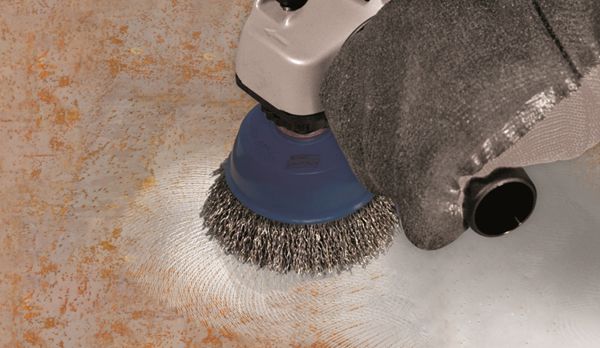
Brushing commences after the metal is sanded and cleaned. An abrasive brush moves in a circular motion on the metal surface to remove defects from the surface. Parallel to the brushing direction is a pattern of unidirectional lines that create the distinct brushed metal finish look. This process can also be called the mechanical polishing process.
Most companies utilize this procedure, only changing the time for brushing and the finishing brush type. However, some experts suggest that the process should not be unidirectional. They argue, instead, that there should be periodic reversals of the brushing direction to maximize the self-sharpening action.
Post-brushing Stage
After brushing, the metal surface is excluded from all fine particles and metal residues by rinsing. This is typically done in rinse water tanks containing chemicals like alkalis, acids, surfactants, and certain solvents.
Nowadays, a combination mixture of products and polishes is used to clean the metal after brushing. The surface can also be cleaned using electrochemically.
Although brushing is an excellent metal finish on its own, it is not always the final finishing process when manufacturing metals. Some companies further finish the metal by polishing, plating, or painting, depending on the type of final product they desire.
Factors That Determine the Quality of Brushing
There are different types of brushed finishes. In the same vein, the quality of the final product varies. Operators have to optimize some factors to ensure they get the desired type and quality of brushing. We will consider them below.
Brush Type and Quality
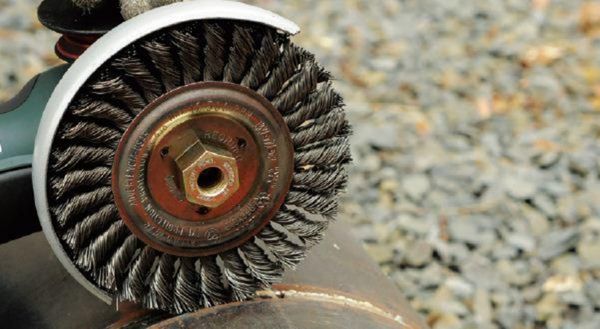
Selecting the appropriate finishing brush type for brushing is critical to the success of the process. The choice of brush is informed first by the type of material to be brushed. Many different metals can be finished by brushing, as you will find out later.
However, there are specific brushes for different metals. For instance, you can only brush stainless steel with a steel brush. Further, the desired specifications for the final product are a vital factor in the choice of brush for the process.
Additionally, the quality of the brush is vital, not only for the brushing results but for the brush’s longevity.
Wheel Speed
The brushing process uses specific abrasive brushes with fine grain, also known as wheels. The wheel speed influences the type of wheel for the process. While high wheel speeds often give the best results, they can result in the burning of metal surfaces. Also, the brush filaments can bend more than expected when the speed is too high.
Therefore, manufacturers need to understand the wheel speed limits when brushing. Practically, the speed limits are determined by considering the maximum safe free speed or the maximum revolutions per minute of the brush.
If a metal requires you to exceed the wheel speed limits, you should switch to a coarser brush.
Direction of Brushing
Traditionally, a brushed finish requires unidirectional lines parallel to the circular motion of brushing. However, there’s a growing trend away from that method. Now, it is advised to reverse the direction of brushing regularly to obtain the best and most efficient results. Here’s why.
After an extended period of brushing, the tips of a brush become dull. This leads to a subsequent loss of efficiency in the brushing process. A simple yet effective solution to this problem is reversing the direction of brushing. This preserves the efficiency and effectiveness of the brushing process.
Operator’s Skills
Typically, big manufacturing companies perform the brushing process. This is because they have access to better tools, and their operators are trained to handle them. While the brushing process is not exclusive to these companies, the quality of the final product depends on the skills and technical know-how of the operator.
If unskilled personnel handle the brushing procedure, aside from lower quality, the health and safety of handlers are also at risk.
What Materials Can be Brushed?
Brushing is useful for many metals today. While the brushing process remains constant regardless of the metal to be brushed, the brush type and brushing time may change. Steel and Aluminum are two of the most commonly brushed metals.
Interestingly, brushing is not only beneficial for metals. An example is a leather. While the brush type and intensity vary, the process for brushing leather is similar to metals. Another non-metal that utilizes this finish is rubber.
Standard Brushes for Brushing Finish
Many brushes can be used for brushing metal surfaces. Brushes differ in fill material type, density, and length.
We cannot overstate the importance of choosing the right finishing brush for specific metals. Below, we will examine two of the most typical brushes for the brushed finishing process.
Steel Wire Brushes
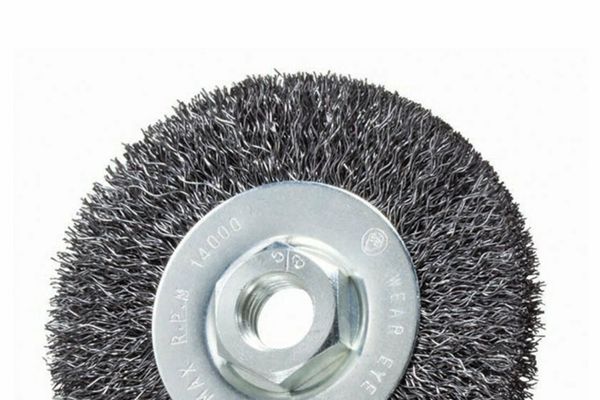
This is the ideal finishing brush for steel products – not even ideal now; more like only. They are useful for other metals, aside from steel, though. These brushes do not alter the metal’s part dimensions, making them a fan favorite in the industry.
The wire tips of steel brushes are responsible for the actual brushing of the metal. These tips are made of steel and come in different styles. The exact type manufacturers use depends on the specifications they desire for the product.
Moreover, steel wire tips are non-loading, implying that they won’t clog up with debris during use. For the best results and more durability, consider tempered steel wire brushes.
Power Brushes
These brushes are manufactured using ferrous and non-ferrous wires, carbon steel, and fibers, which may be natural or synthetic. Power brushes are classed on the basis of how much pressure is required for their application.
The metal surface, condition, filament filling, and trim length influence the choice of the power brush manufacturers use for brushing. It is possible to adjust certain parameters when brushing with power brushes to give a specific property.
Practically, when the brush works too slowly or requires a finer finish, the trimming length decreases, and the filling density increases. On the other hand, when the brush works too fast or needs a thicker finish, the manufacturer will increase the trim length and reduce the filling density.
Aside from finishing, these brushes are useful for removing contamination and rust from metals.
How Does Brushed Finish Compare to Other Steel Finishes
Brushed metal finish is not the only finish used for popular metals like steel. Let us briefly compare other standard finishes with brushing.
Brushed vs. Mirrored Finish
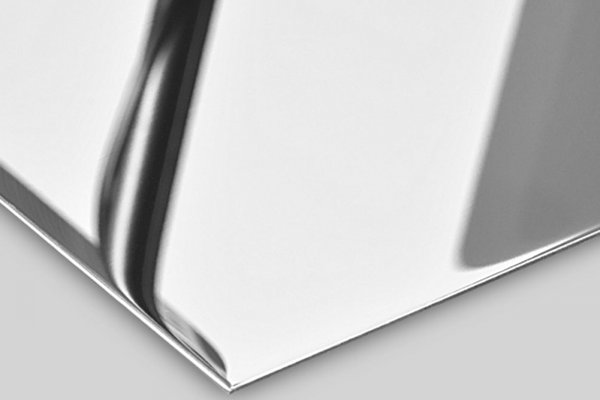
A mirrored metal finish is the most reflective of all the metal finishes for steel. The naming stems from the final product being similar to a mirror’s. While many regard brushing as a unidirectional finish, mirroring is non-directional. Because of their reflective nature, mirrored finished metals are common in construction and household equipment. However, they are not preferred for tools where little to no light reflection is acceptable.
Brushed vs. Bead Blasted Finish
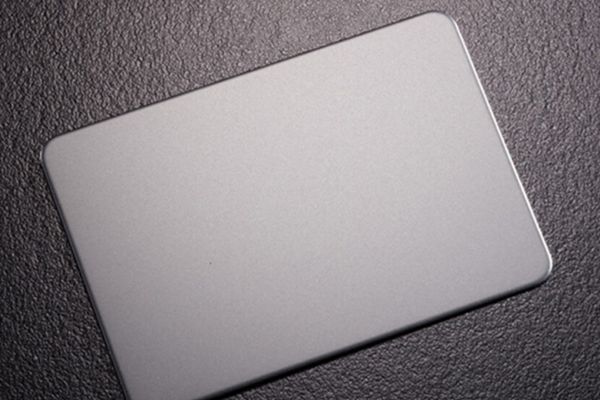
Bead blasting is a surface finish that involves blasting glass, ceramic, or corundum beads against a material. It is a common finish for metals. The resultant product is homogenous and has minimal reflectivity. Unlike brushed finishes which are unidirectional, bead-blasted metals are non-directional with a uniform matte appearance. They are also widely used in architecture.
Brushed vs. Satin Finish
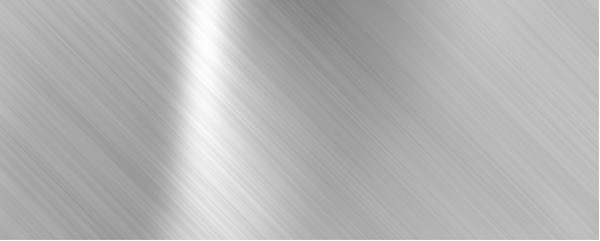
Both of these terms are more or less similar, and many often use them interchangeably. They both have little reflectivity and are not shiny. However, the satin finish is glossier than the brushed finish. This is because of the absence of unidirectional lines in the satin-finished metal.
Furthermore, brushed finishes are solely obtained with wire brushes, while satin finishes can be obtained with abrasive papers and other abrasive materials.
There are few differences in the application of these finishes. However, the satin finish is slightly more resistant to rust and is more widely used in kitchen sinks and other products in extended contact with water.
Applications of Brushed Finishing
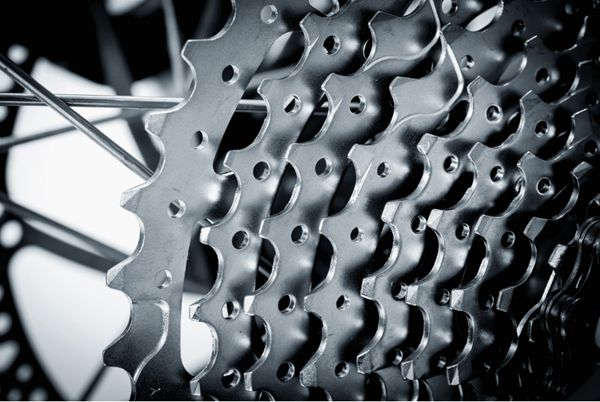
There are different applications for brushed surface finishing. Depending on what you desire, the following results are possible:
- Edge Blending: You can use brushing to remove the sharpness of edges and smoothen the transition between two surfaces.
- Deburring: This is simply the removal of burrs, which are tiny imperfections on metal products.
- Roughening: Brushing can also create roughened metal surfaces, improving paint adhesion and making the product easier to clean.
- Cleaning: Another application of brushing is cleaning metals, removing contaminants from the metal surface.
Finishing Service at WayKen
Brushing is a common surface finish for metal and non-metal products today. It is a unidirectional finish that uses abrasive brushes to create homogenous metal surfaces. This technique is popular because it is not only aesthetically pleasing but also highly functional.
Because brushing is a maximum precision technique, it’s a good idea to consult with experts in the machining field. If you want to make sure your part has a perfect finish, WayKen can help with all your finishing needs. Contact us today to learn more!

